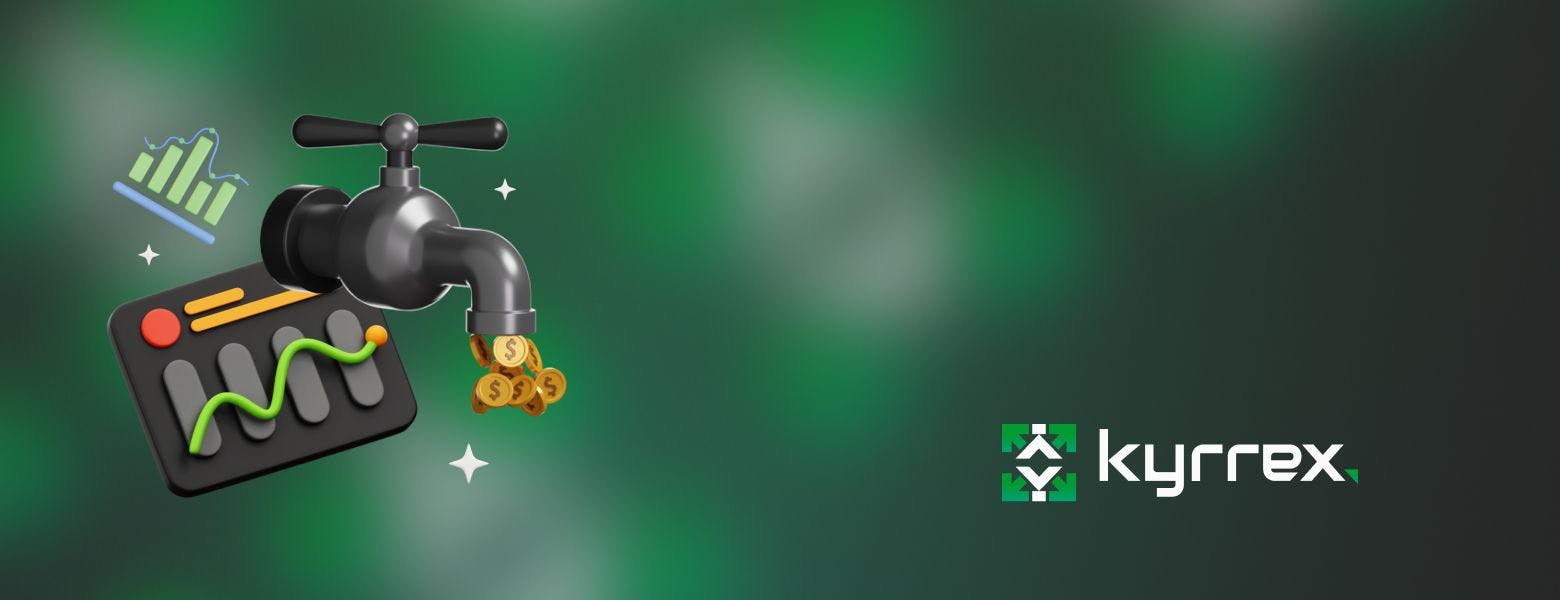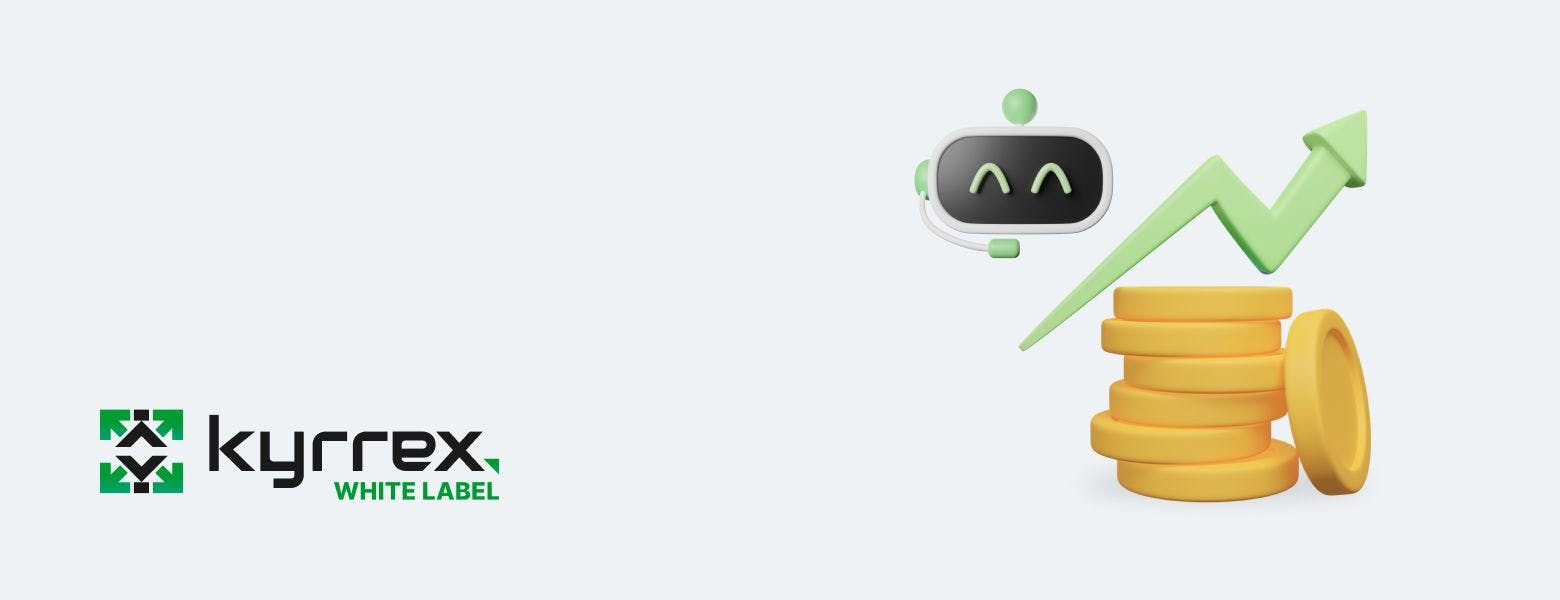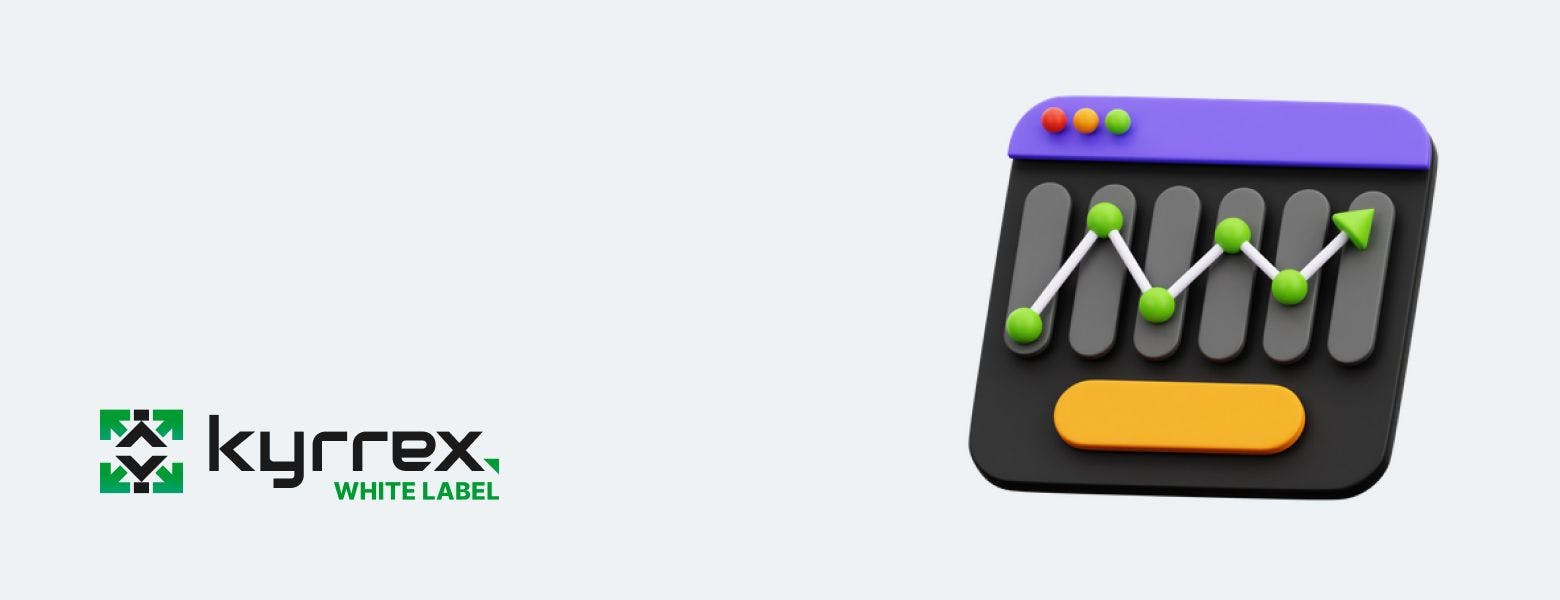
Unlocking the Importance of Liquidity in Crypto Trading

Have you ever wondered what makes crypto trading tick? It’s all about liquidity! In this blog post, we will delve into the importance of liquidity in crypto trading and how it compares to traditional finance. Get ready to unlock the secrets of this vital aspect of the trading world.
Short Summary
- Liquidity in crypto trading is essential for efficient transactions, price determination, market stability and risk management.
- Factors impacting liquidity include trading volume, the presence of market makers and regulatory environment.
- Crypto trading liquidity has both similar features to traditional finance as well as distinct differences which should be Explored.
Understanding Liquidity in Crypto Trading
As in traditional financial markets, liquidity in crypto trading refers to the ease of buying or selling digital assets without significantly affecting their price. The concept of liquidity is crucial for the smooth operation of any market, be it the stock market or the cryptocurrency market. Factors such as market depth and bid-ask spread influence cryptocurrency liquidity, just as they do in stock markets.
A deep market with ample liquidity indicates a healthy market, allowing efficient trading and accurate price discovery. Conversely, low liquidity can pose challenges, such as increased slippage and price volatility, which can discourage investors and hinder market stability.
Market Depth
Market depth refers to the number of buy and sell orders available at different price levels, with higher depth indicating greater liquidity. Increased market depth is indicative of increased liquidity, as it suggests a higher level of trading activity and a more liquid market.
In other words, the more buy and sell orders that exist on the market, the easier it is for traders to execute their transactions efficiently without causing significant price fluctuations.
Bid-Ask Spread
The bid-ask spread is another crucial indicator of market liquidity in crypto trading. It represents the gap between the highest price a buyer is willing to pay and the lowest price a seller is willing to accept for a given digital asset. A narrower spread is indicative of increased liquidity, as it reflects a higher presence of buyers and sellers in the market.
A tighter spread facilitates faster and more efficient trading of assets at fair prices, ensuring that all market participants can execute their transactions without significant delays or price fluctuations.
Factors Affecting Cryptocurrency Liquidity
Cryptocurrency liquidity is influenced by various factors, including trading volume, market makers, and the regulatory environment. Understanding these factors is essential for traders and investors who wish to make well-informed decisions and navigate the often volatile crypto market with confidence.
Let’s take a closer look at each of these factors and how they impact liquidity in the crypto market.
Trading Volume
Trading volume is the amount of assets traded within a specific period of time, with greater volume indicating a higher level of liquidity. Increased trading volume implies heightened trading activity, which in turn suggests a more liquid market.
Identifying digital assets with high trading volume is one way to spot cryptocurrencies with high liquidity, as a large investor base and high trading activity are indicative of increased liquidity.
Market Makers
Market makers play a vital role in providing liquidity in crypto trading. These entities, which can include large banks, brokers, or hedge funds, place buy and sell orders in the market, thus ensuring sufficient liquidity to facilitate efficient trading and maintain price stability.
Market makers continuously quote bid-ask asset prices to keep the spreads within a certain range, making a profit from the bid-ask spread difference. By providing liquidity, market makers contribute to reduced slippage, improved price discovery, and enhanced market efficiency.
Regulatory Environment
The regulatory environment surrounding crypto trading can also have a significant impact on liquidity. Some ways in which regulations can affect liquidity include:
- The amount of liquidity available in the market
- The types of assets that can be traded
- The cost of trading
- The speed of trade executions
A favorable regulatory environment can encourage participation in the market, thereby increasing liquidity, while stringent regulations can discourage participation and lead to reduced liquidity.
The Role of Liquidity Providers in Crypto Trading
Liquidity providers play a crucial role in the crypto trading ecosystem by ensuring the availability of assets for trading and maintaining stable prices. These entities help to create a more efficient market, allowing traders and investors to execute their transactions without significant delays or price fluctuations.
Let’s explore the different types of liquidity providers and the incentives that encourage them to provide liquidity to the market.
Types of Liquidity Providers
In the crypto trading space, liquidity providers can be:
- Institutional entities, such as large banks, brokers, or hedge funds
- Individual or institutional investors providing capital to liquidity pools with crypto assets
- Centralized exchanges (more traditional and regulated)
- Decentralized exchanges (peer-to-peer and generally unregulated)
An example of a centralized exchange liquidity provider is Kyrrex Liquidity Hub which provides improved and centralized liquidity with seamless transaction matching, and a wide variety of cryptocurrencies to exchanges and other crypto platforms. Its features include effortless crypto asset matching, sufficient order book liquidity, high-speed processing, minimized commission costs, and secure custodial storage for clients' funds. Liquidity through the Hub can be deployed directly or through other modes including market maker.
Automated market makers are computer programs that utilize algorithms to facilitate the matching of buyers and sellers, contributing to the overall liquidity of the market.
Incentives for Providing Liquidity
Liquidity providers can benefit from various incentives in the crypto trading ecosystem. For instance, they can earn transaction fees and token rewards for providing liquidity to trading pairs on exchanges. Additionally, liquidity providers may take advantage of yield farming incentives, which involve providing liquidity to a decentralized exchange or liquidity pool and receiving a share of the pool’s trading fees or rewards in return.
These incentives help to attract and retain liquidity providers, ensuring a stable and efficient market for all participants.
Benefits of High Liquidity in Crypto Trading
High liquidity in crypto trading offers several advantages for traders and investors alike. With ample liquidity, market participants can enjoy reduced slippage, better price discovery, and increased market efficiency, which are essential for smooth and profitable trading.
In the following sections, we will delve into each of these benefits and discuss their implications for the crypto market.
Reduced Slippage
Reduced slippage is one of the key benefits of high liquidity in crypto trading. With more buyers and sellers in the market, large orders can be executed without significantly impacting the asset’s price, leading to more favorable execution prices for traders.
This is particularly important for investors with sizable positions, as it allows them to enter or exit the market with minimal price impact, thereby maximizing their potential returns.
Better Price Discovery
High liquidity also leads to better price discovery, ensuring that assets are traded at fair market value and preventing potential price manipulation. In a highly liquid market, the presence of more buyers and sellers helps to establish an accurate price for each asset based on market activity.
This is essential for a stable and efficient market, as it allows traders and investors to execute their transactions at prices that accurately reflect the true value of the underlying assets.
Increased Market Efficiency
Lastly, high liquidity contributes to increased market efficiency, allowing for:
- Smoother transactions
- A more stable trading environment
- Accelerated transaction times
- More efficient bid-ask spreads
- More efficient pricing
- Reduced slippage
This creates a more favorable trading atmosphere for all market participants.
Challenges of Low Liquidity in Crypto Trading
While high liquidity offers numerous benefits, low liquidity in crypto trading can pose several challenges. These challenges include increased slippage, price volatility, and limited trading opportunities, which can discourage new investors from entering the market and hinder overall market stability.
Let’s take a closer look at each of these challenges and their implications for the crypto trading landscape.
Increased Slippage
Increased slippage is a common challenge in low-liquidity crypto trading environments. As fewer buyers and sellers are available on the market, large orders can have a significant impact on the asset’s price, resulting in unfavorable execution prices for traders.
This can be particularly detrimental for investors with large positions, as it can erode their potential returns and increase their exposure to market risk.
Price Volatility
Low liquidity can also lead to price volatility, as sudden price swings can occur due to low trading volume. Price volatility can be both a blessing and a curse for traders, as it offers potential profit opportunities but also introduces the risk of unpredictable price shifts.
In a low-liquidity market, price volatility can be exacerbated, making it more challenging for traders and investors to navigate the market and execute their transactions with confidence.
Limited Trading Opportunities
Finally, limited trading opportunities can arise from low liquidity in the crypto market. With fewer buyers and sellers available, it can be difficult for traders to find suitable trading opportunities that align with their strategies and risk tolerance.
This can discourage new investors from entering the market and potentially hinder overall market growth and stability.
Comparing Crypto Trading Liquidity to Traditional Finance
Crypto trading liquidity shares both similarities and differences with traditional finance, such as stock and forex markets. While both markets rely on liquidity for smooth transactions, price discovery, and market stability, the decentralized nature of crypto markets, the role of liquidity providers, and the impact of regulatory environments set them apart.
Let’s explore these similarities and differences in more detail.
Similarities
One of the key similarities between crypto trading liquidity and traditional finance is the importance of liquidity for efficient transactions, price determination, and market stability. Both markets, including fiat currencies, operate on the principle of supply and demand, with buyers and sellers interacting to establish the fair market value of assets.
Additionally, both markets experience risks and volatility associated with trading, as well as comparable transaction experiences and user interfaces.
Differences
The main difference between crypto trading liquidity and traditional finance lies in the decentralized nature of crypto markets. Unlike traditional finance, crypto markets operate without a central authority or intermediary, relying on a network of interconnected computers to facilitate trading and secure transactions.
Additionally, the role of liquidity providers in crypto trading differs from their role in traditional finance, with liquidity providers in the crypto space including centralized exchanges, decentralized exchanges, and automated market makers.
Lastly, the regulatory environment surrounding crypto trading can have a significant impact on liquidity, with regulations in various countries affecting the availability of assets for trading, as well as the cost and speed of trade execution.
Summary
In conclusion, liquidity is a vital aspect of the crypto trading ecosystem, with high liquidity offering numerous benefits such as reduced slippage, better price discovery, and increased market efficiency. Understanding the factors affecting cryptocurrency liquidity, as well as the role of liquidity providers and the similarities and differences between crypto trading liquidity and traditional finance, is crucial for traders and investors looking to navigate the ever-evolving world of digital assets. With this knowledge in hand, you’re now better equipped to make well-informed decisions and capitalize on the exciting opportunities that crypto trading has to offer.
Frequently Asked Questions
Is high liquidity good or bad in crypto?
High liquidity in crypto is generally seen as a good sign as it indicates a deep and stable market with low price changes. It also makes it easier to buy and sell digital assets at reasonable prices without having to worry about liquidity issues.
How does liquidity work crypto?
Liquidity in cryptocurrency markets is achieved through the use of order books and market participation. Liquidity pools act as a reserve for digital assets, providing liquidity to speed up transactions for decentralized exchanges (DEX).
Liquidity also refers to the ease with which tokens can be swapped or converted into fiat currencies.
What are the main factors affecting cryptocurrency liquidity?
Cryptocurrency liquidity is heavily influenced by trading volume, the presence of market makers and applicable regulations.
Market makers are entities that provide liquidity to the market by placing buy and sell orders. They are usually large financial institutions or professional traders. Regulations can also affect liquidity, as certain jurisdictions may also affect liquidity.
What are some key differences between crypto trading liquidity and traditional finance?
Crypto trading liquidity is different from traditional finance in that it is decentralized, involves liquidity providers, and is subject to varying regulatory environments.
These differences can have a significant impact on the trading experience, from the types of assets available to the speed of transactions. For example, decentralized exchanges are often faster and more secure than centralized exchanges, but they may not offer the same features as centralized exchanges.





